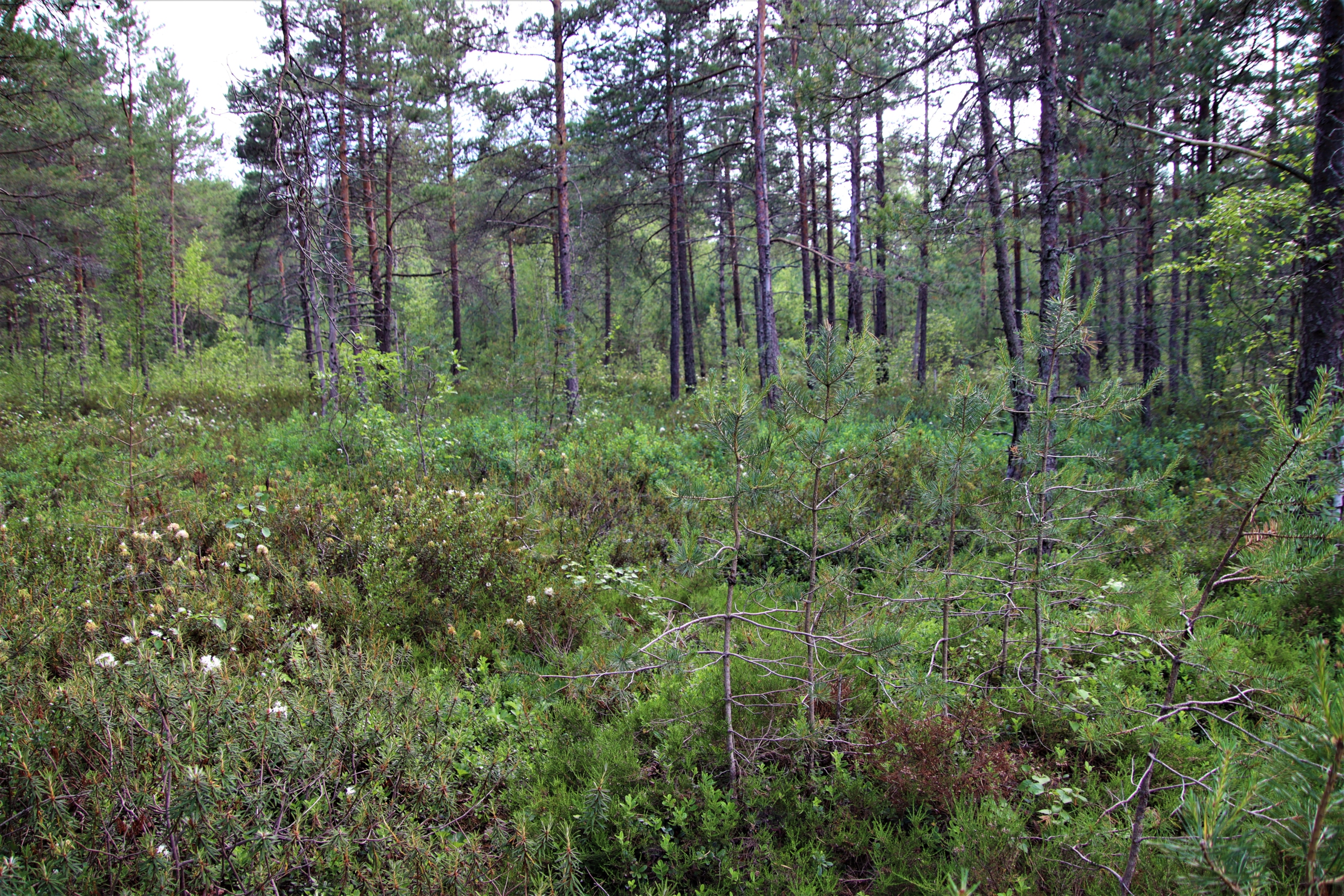The Tallinn city government approved the Pääsküla bog protection management plan
The Pääsküla bog conservation management plan, which went through a public display in September and has received official approval, also received the approval of the Tallinn city government last week. The management plan is the source document for the ordering of protective management works of the Pääsküla bog protected area, including the restoration of the bog.
The draft regulation of the conservation management plan adopted by the city government will now move forward to the council for approval.
“The Pääsküla bog conservation management plan has two aspects that make it special. Our plan is not only to preserve the Pääsküla bog in its current form, but also to restore a certain part of the bog communities that were once destroyed as a result of human activity. An innovation in the process of the conservation management plan was also the fact that a social council was created to prepare it, where local communities and environmental protection organizations and specialists were involved. This gives us confidence that we will present a plan in the council that takes into account many interest groups and whose center is the preservation of the Pääsküla bog as a natural community, said Deputy Mayor Vladimir Svet.
According to Lauri Klein, the coordinator of the preparation of the conservation management plan, the main specialist in conservation management in Tallinn, the most important thing is that the plan includes the fact that the interests of nature will be prioritized in the Pääsküla bog conservation area. “The goal is to let nature function as it pleases and, if necessary, help the recovery of nature by mitigating past human impacts. Any new human impacts are carefully avoided,” said Klein.
“One good example of this is dealing with beaver caused floods – where previously the beavers were caught and dams were broken down, now they’re trying to deal with the situation by filling in the flooded areas of existing dirt roads and raising boardwalks because they’re part of the human-made infrastructure that needs to adapt with changing nature, not the other way around,” added Klein.
The Pääsküla bog conservation management plan was created with the help of the advisory board of the Pääsküla bog conservation area convened by representatives of various interest groups. The council met for the first time in July and set the goal that when preparing the conservation management plan, the priority is to preserve the existing natural values and protected species, but partial restoration of the bog must also be considered.
In order for the former bog and salt patches of Pääsküla bog to begin to grow again, the ditches once built for drainage must be closed with dams. However, this must be done where there are still the best opportunities for recovery and in such a way that other natural values of the area and also the natural recreation area that has already become characteristic of people are not damaged. The best way to do this is to build these dams by hand, in batches. The first sample plots have already been carried out in the bog.
In order to protect the nature of the part of the Pääsküla bog within Tallinn, a local conservation area was established in 2013, the size of which is 274.3 ha. This protected area is one of the most species-rich in Tallinn, and at least 65 protected species have already been found there, and their list is constantly expanding. At least 17 species of protected orchids grow in the area.

